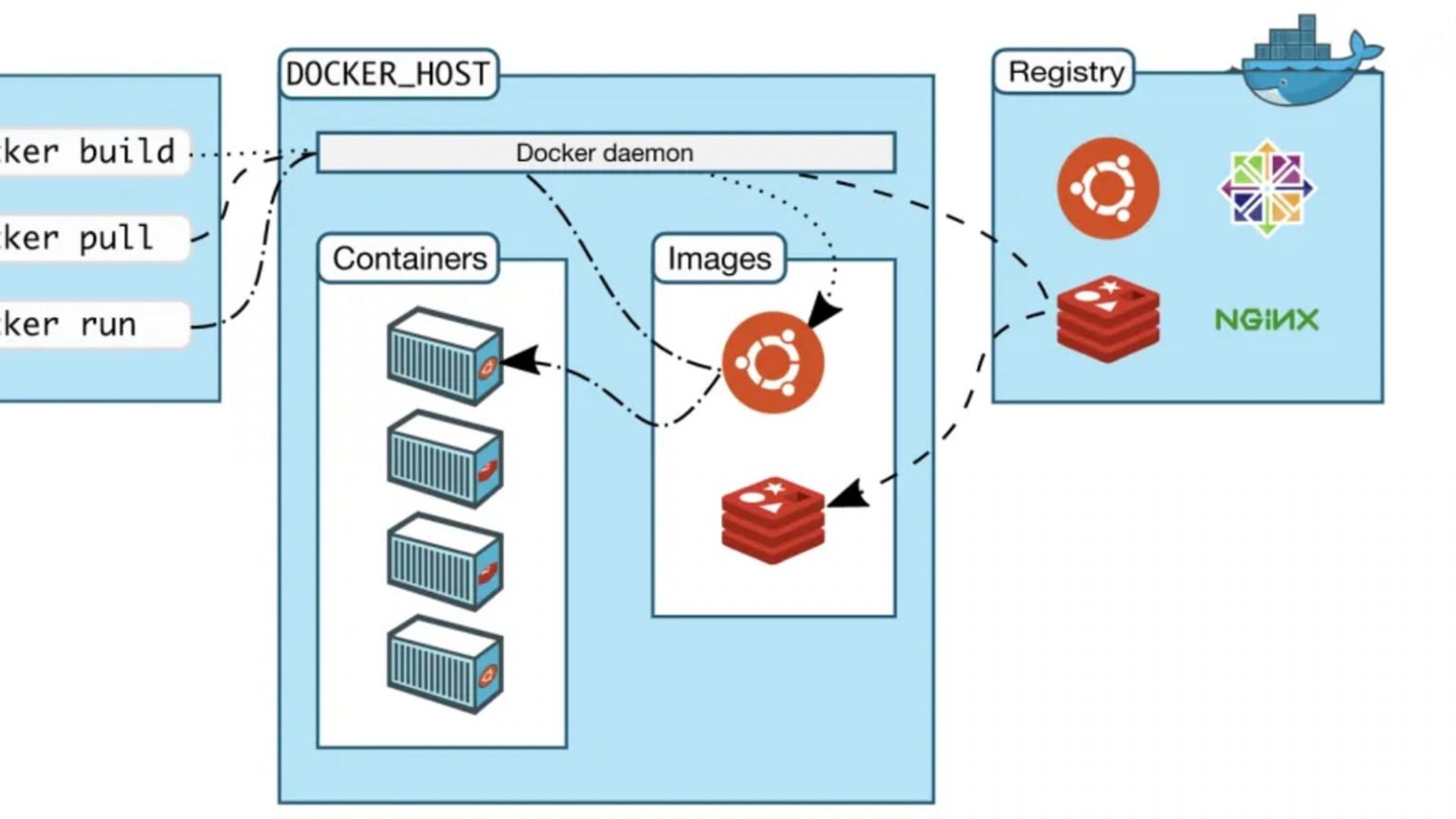
#SYNCTHING DOCKER PACKAGE MODS#
The list of Mods available for this image (if any) as well as universal mods that can be applied to any one of our images can be accessed via the dynamic badges above.

We publish various Docker Mods to enable additional functionality within the containers. Uid=1000(dockeruser) gid=1000(dockergroup) groups=1000(dockergroup) In this instance PUID=1000 and PGID=1000, to find yours use id user as below: $ id username When using volumes ( -v flags) permissions issues can arise between the host OS and the container, we avoid this issue by allowing you to specify the user PUID and group PGID.Įnsure any volume directories on the host are owned by the same user you specify and any permissions issues will vanish like magic. Please read up here before asking for support. Keep in mind umask is not chmod it subtracts from permissions based on it's value it does not add. Umask for running applicationsįor all of our images we provide the ability to override the default umask settings for services started within the containers using the optional -e UMASK=022 setting.
#SYNCTHING DOCKER PACKAGE PASSWORD#
Will set the environment variable PASSWORD based on the contents of the /run/secrets/mysecretpassword file. You can set any environment variable from a file by using a special prepend FILE_.Īs an example: -e FILE_PASSWORD=/run/secrets/mysecretpassword Specify a timezone to use EG Europe/London.Įnvironment variables from files (Docker secrets) For example, -p 8080:80 would expose port 80 from inside the container to be accessible from the host's IP on port 8080 outside the container. These parameters are separated by a colon and indicate : respectively. Image: lscr.io/linuxserver/syncthing:latestĭocker cli ( click here for more info) docker run -d \Ĭontainer images are configured using parameters passed at runtime (such as those above). docker-compose (recommended, click here for more info). Here are some example snippets to help you get started creating a container. To do this go to Actions -> Settings -> set user/password for the webUI. **Note: ** The Syncthing devs highly suggest setting a password for this container as it listens on 0.0.0.0. The architectures supported by this image are: Architecture Simply pulling lscr.io/linuxserver/syncthing:latest should retrieve the correct image for your arch, but you can also pull specific arch images via tags. More information is available from docker here and our announcement here. We utilise the docker manifest for multi-platform awareness. Your data is your data alone and you deserve to choose where it is stored, if it is shared with some third party and how it's transmitted over the Internet. Syncthing replaces proprietary sync and cloud services with something open, trustworthy and decentralized.



 0 kommentar(er)
0 kommentar(er)
